Precisely shaped glass is a tricky substance for additive manufacturing.
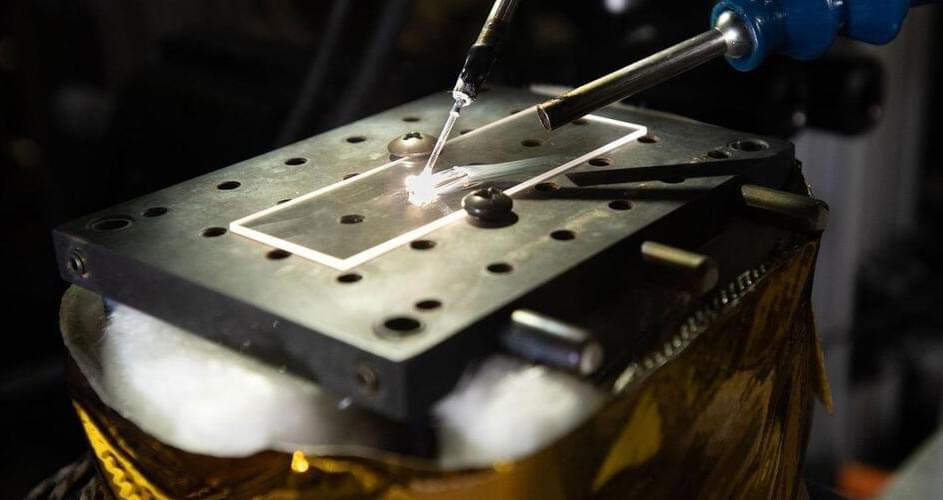

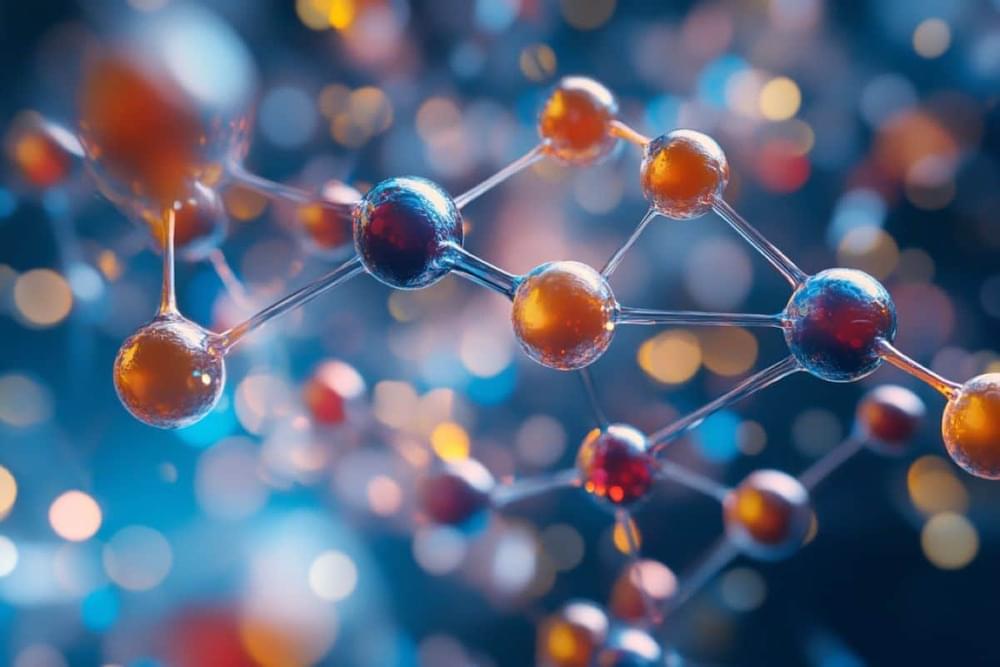
Summary: Researchers developed a brain-inspired AI technique using neural networks to model the challenging quantum states of molecules, crucial for technologies like solar panels and photocatalyst.
This new approach significantly improves accuracy, enabling better prediction of molecular behaviors during energy transitions. By enhancing our understanding of molecular excited states, this research could revolutionize material prototyping and chemical synthesis.

Discover how a patched Microsoft 365 Copilot vulnerability could have led to data theft using ASCII smuggling and prompt injection techniques.


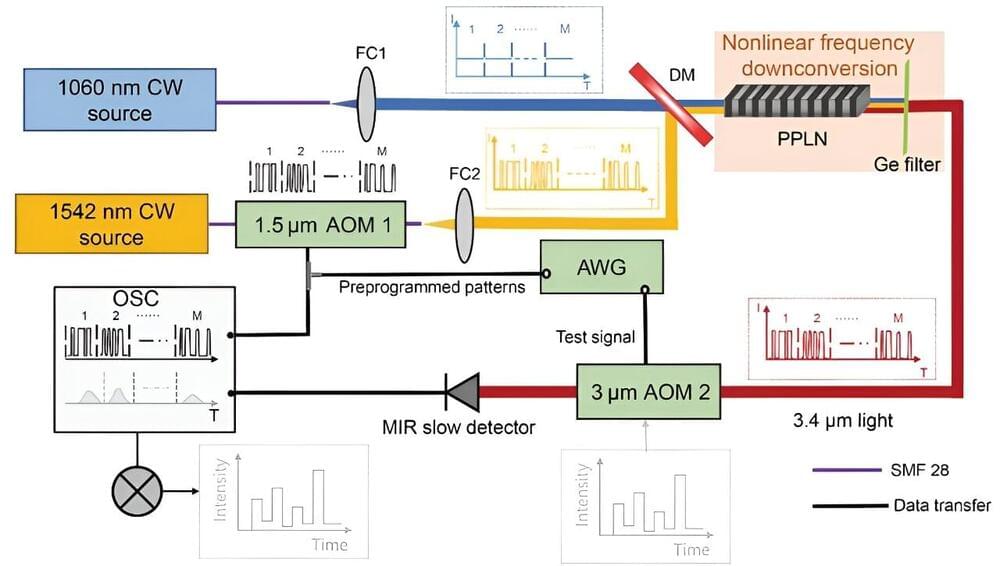
Ghost imaging in the time domain allows for reconstructing fast temporal objects using a slow photodetector. The technique involves correlating random or pre-programmed probing temporal intensity patterns with the integrated signal measured after modulation by the temporal object. However, the implementation of temporal ghost imaging necessitates ultrafast detectors or modulators for measuring or pre-programming the probing intensity patterns, which are not available in all spectral regions especially in the mid-infrared region.
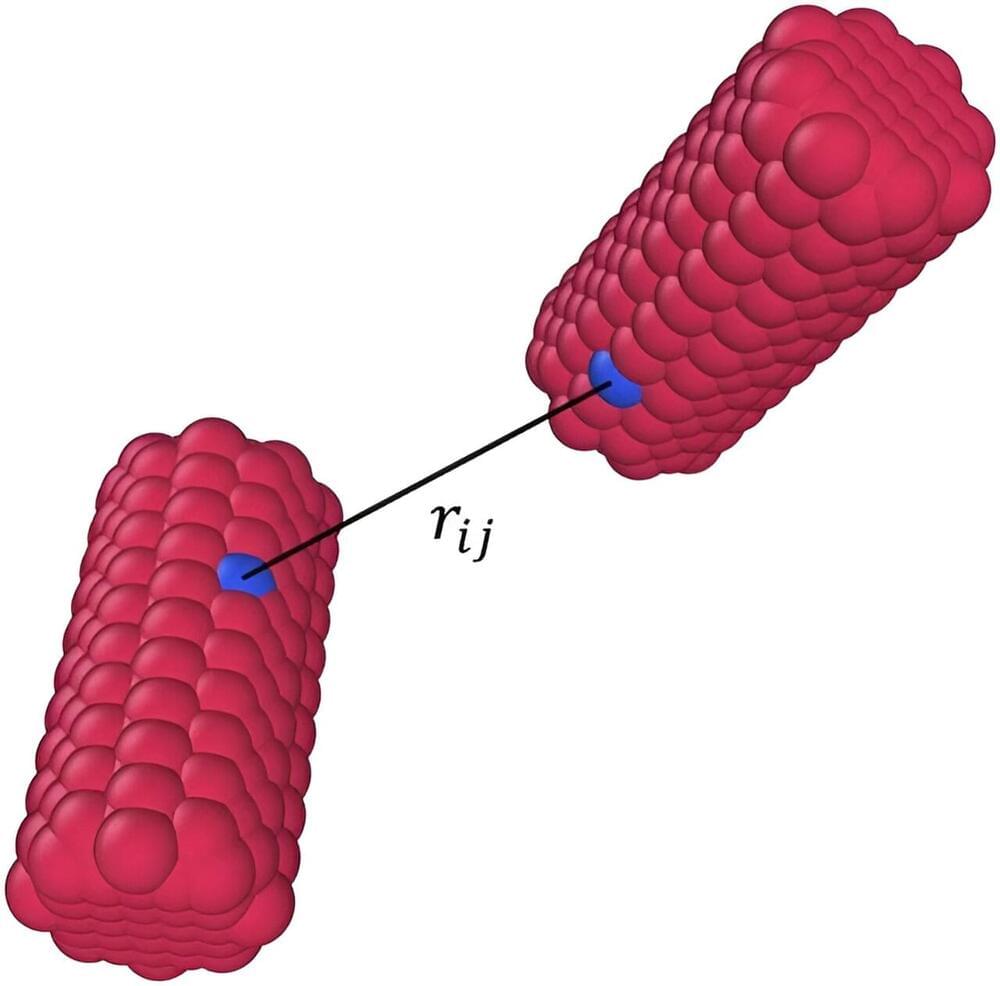
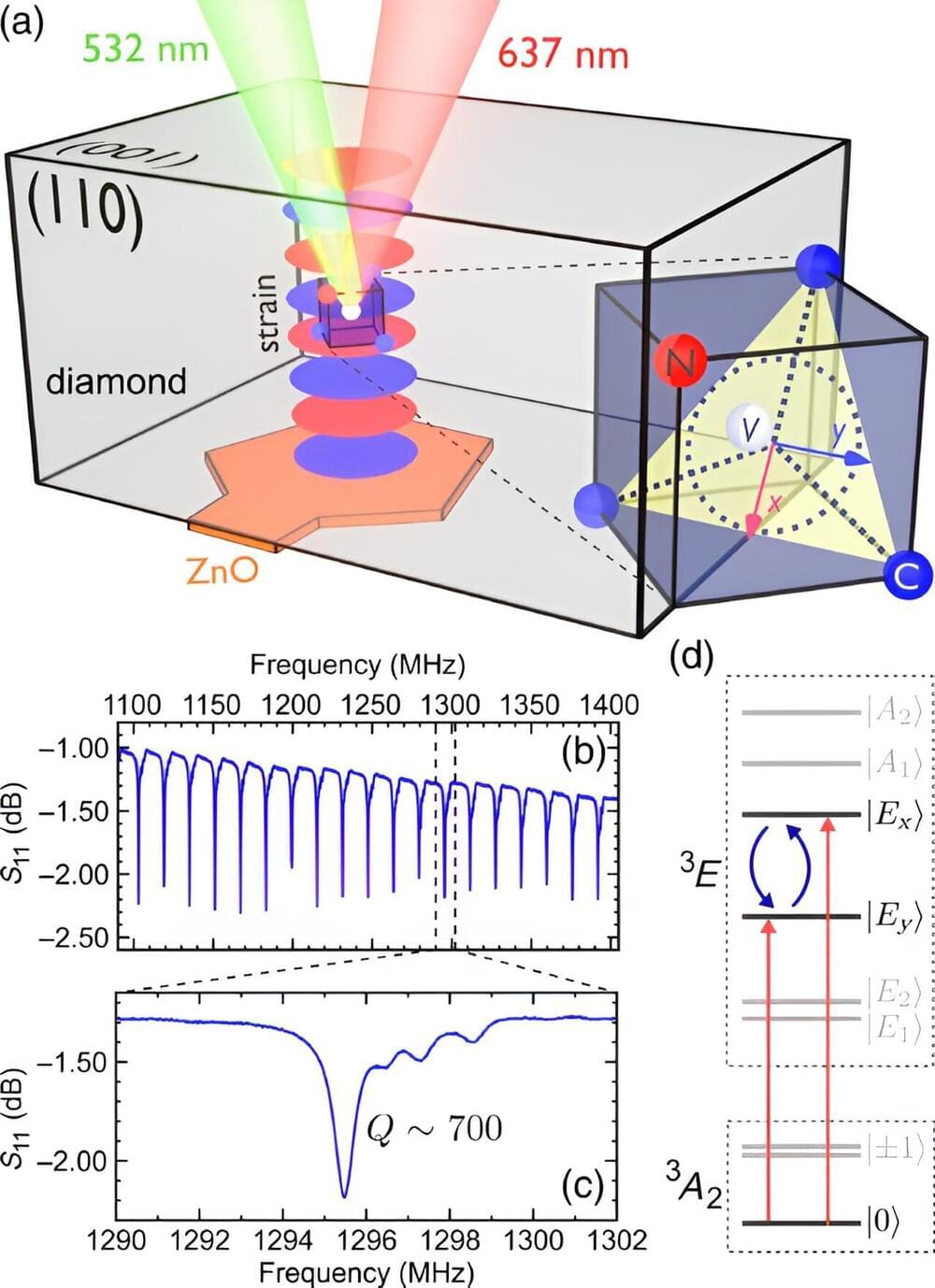
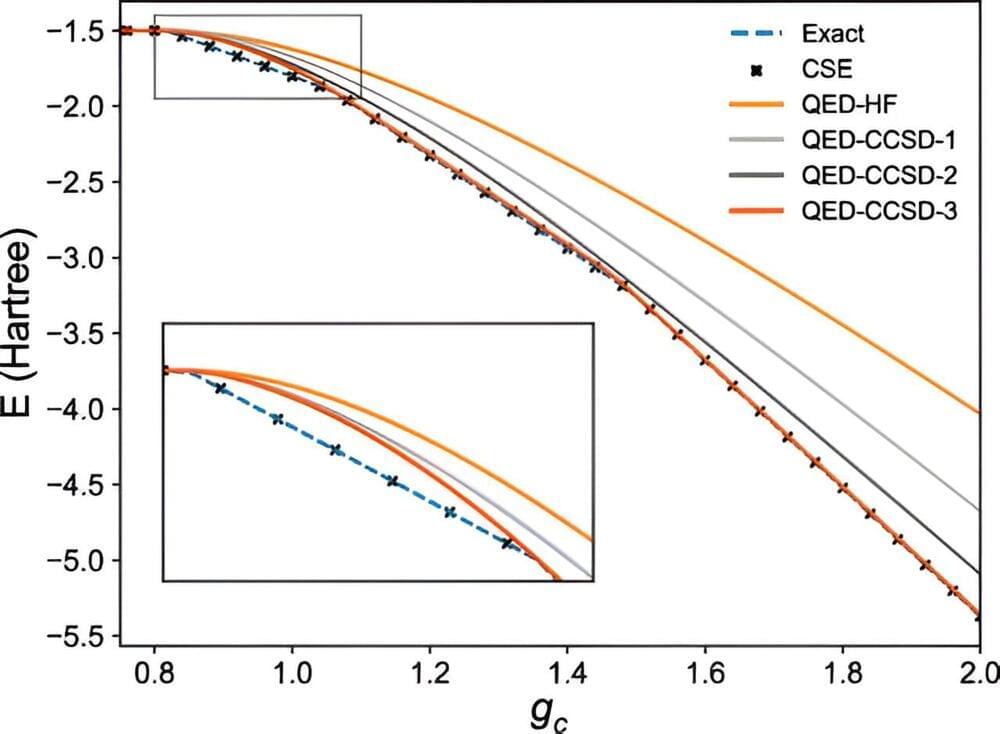
A study coordinated by the University of Trento with the University of Chicago proposes a generalized approach to the interactions between electrons and light. In the future, it may contribute to the development of quantum technologies as well as to the discovery of new states of matter. The study is published in Physical Review Letters.